High heels are a must-have in the world of female style. From the formal wear aficionados to the swanky fashionistas to the boss ladies in business, nothing can polish up a look or accentuate the shape of a leg better than a good pair of high heels — with the general motto being, ‘the higher the better’. But sadly, along with the stunning look we love often comes a dose of despair.
But wearing them often comes with a price
Wearing high heels regularly can take a toll on your body. According to the American Podiatric Medical Association, (the APMA), women suffer from “four times as many foot issues as men,” and there’s no mystery as to why. With almost half of all women wearing high heels even though most of them (71%) report the shoes hurt their feet, it’s nearly guaranteed that heel wearers could ultimately face a host of issues — including injuries from the forefoot to the ankles, calves to the knees, Achilles tendons to the spine, and more.
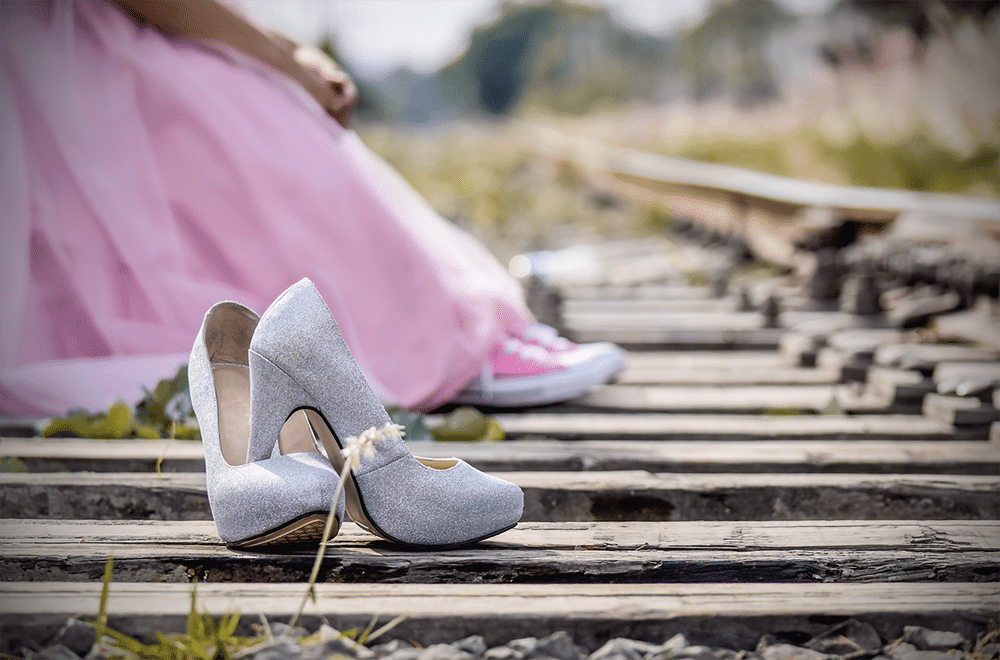
What are some of the ways the body is specifically impacted by wearing high heels?
The real effect of wearing high heels on certain parts of the body can be painful, if not life-changing. Let’s take a moment to explore each body part impacted, and how:
The knee: While they may look glamorous on your feet, high heels are definitely not good for your joint health — particularly the knee joints. A 2014 study in the Journal of Orthopedic Research indicated that wearing high heels increased the weight on the knee while walking, straining the knee joint, especially in overweight women. This finding lead to researchers discovering that women wearing heels at least 3.5 inches high could end up with prematurely aged knees as well as an increased risk of osteoarthritis over time.
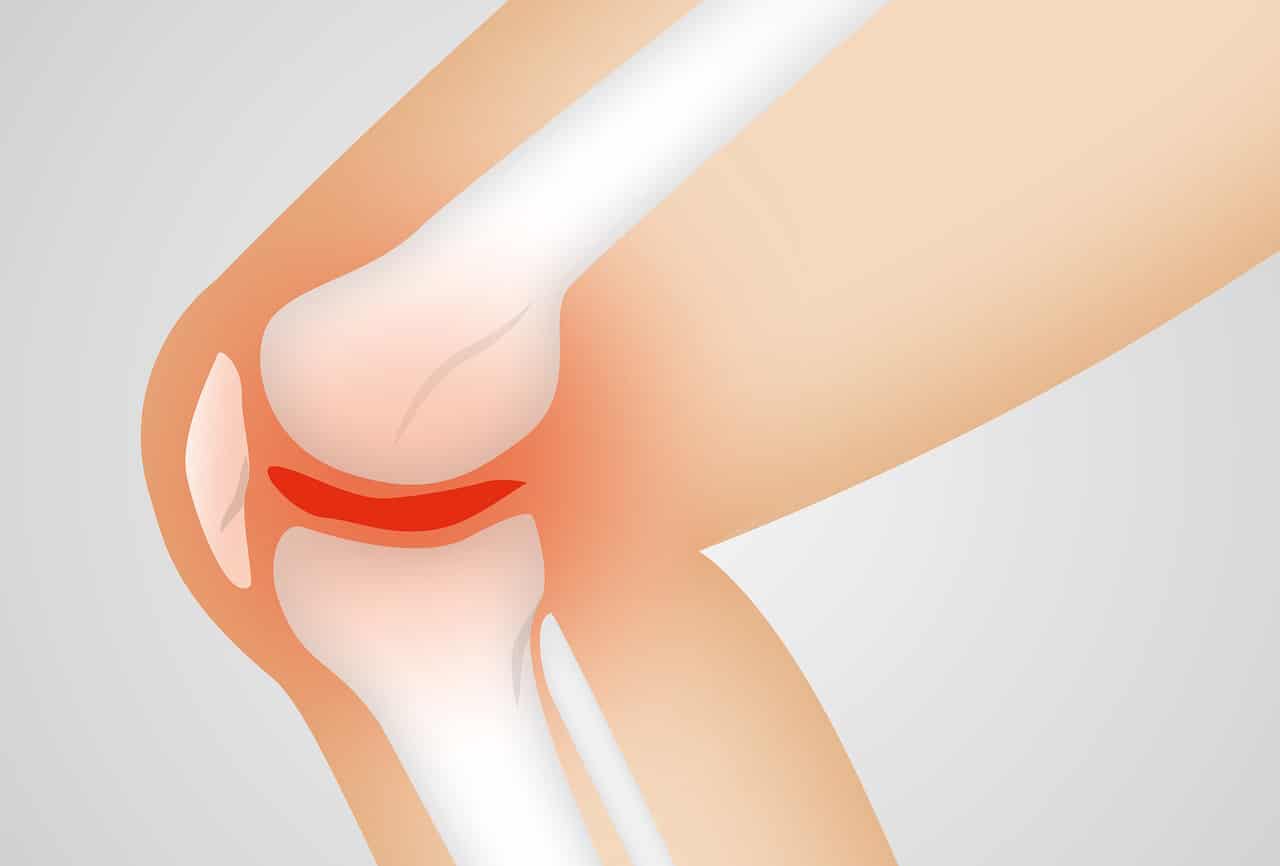
The calf and Achilles tendon: Another study conducted revealed how wearing heels often can lead to problems walking without heels on. According to researcher Marco Narici of the UK’s Manchester Metropolitan University, women who wear heels for an extended period of time develop an accidental adaptation to the heeled position. This, in turn, causes the calf muscle to shorten and the Achilles tendon to become thicker and stiffer. When the woman later tries to walk without heels on, she may experience pain because these muscles are stretched out further than their usual range of comfort.
The spine/posture: When you wear high heels, your balance must shift in order to keep you standing upright. This shift causes the lower body to lean forward while the upper body leans back in an unnatural position, throwing the usual C-curve of the back out of whack. The lumbar and thoracic spine also take on odd positions, straining the back muscles, often leading to chronic back pain.
Pump bump: Named after the term ‘pump’, commonly used to describe high heeled shoes, pump bump is the irritation, pain, swelling, or redness of a bony region located on the back of the heel. The official medical term is ‘Haglund’s deformity.’ Wearing high heels often leads to this affliction, after which bursitis or Achilles tendonitis frequently occurs.
The ankles: Although at first wearing high heels may strengthen the ankles, the University of North Carolina found that wearing them for extended periods of time can have the opposite effect. The greatest problem arises when maintaining balance becomes difficult. The higher the heel, the trickier it can be. The worst case scenario? Twisting your ankle and possibly falling.
Metatarsalgia: The term means ‘pain in the ball of the foot’, and the experience can be anywhere from slightly annoying to downright excruciating. It may be experienced as numbness, the sensation of having a small rock in your shoe, or a sharp, aching, or burning pain. High heel wearing is one of several ways people can develop metatarsalgia, which ultimately affects five bones at the very base of the toes — the metatarsals.
Certain other traits and ailments may increase someone’s likelihood of developing metatarsalgia. Those with high foot arches, for example, as well as those with longer second toes than big toes, may be more prone to metatarsalgia due to the way pressure is applied to the heels and metatarsals. Those with bunions and hammertoes may be more likely to eventually develop metatarsalgia, also.
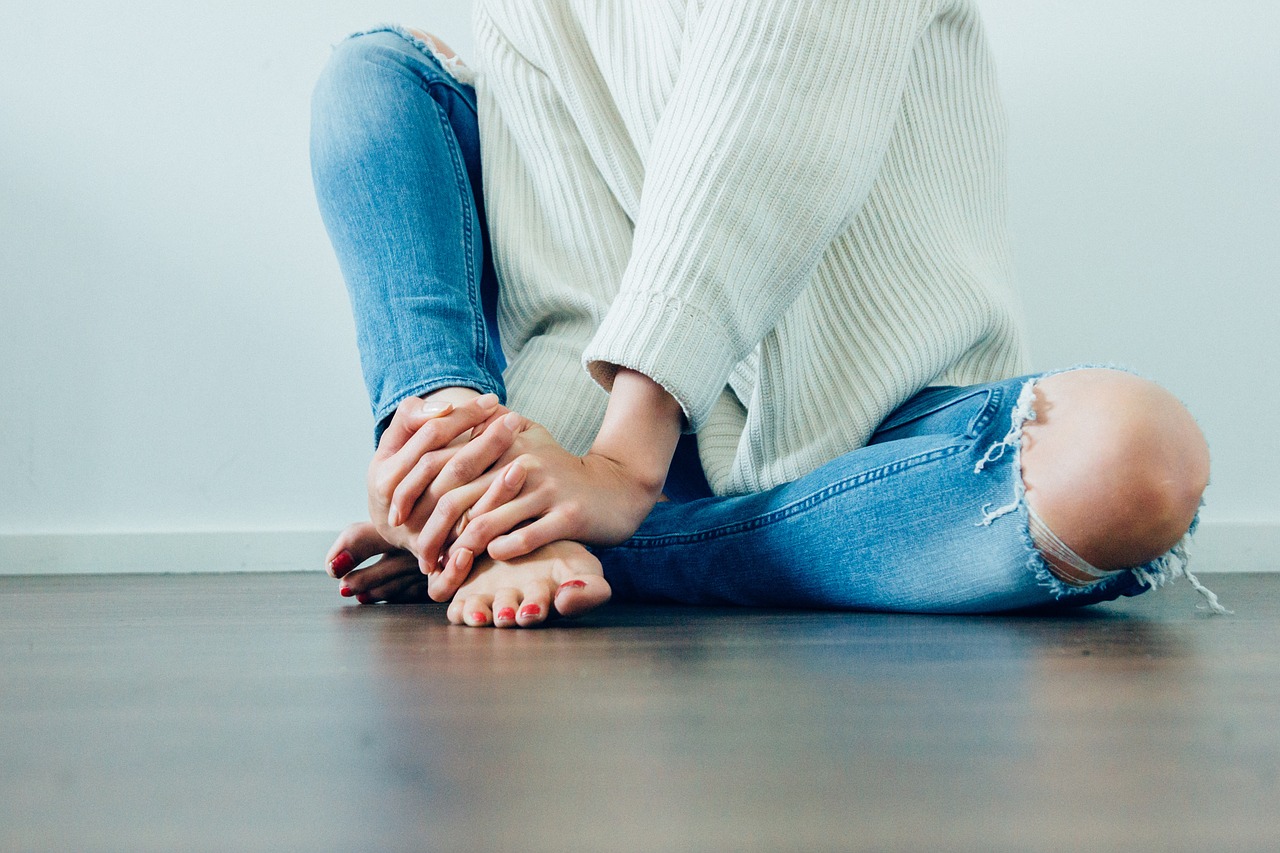
Bunions: The pressure placed on the big toe while wearing high heels can cause that toe to bend inward toward the second toe, eventually forming a painful bump on that joint called a bunion. Also referred to as a ‘hallux valgus’, a bunion develops gradually over time. The higher your heel, the greater the amount of pressure placed on this first toe region, and the likelier it is you’ll develop a bunion.
It’s recommended that people alternate the height of their shoes from day to day, while keeping the height low overall. Choosing flats, platforms, or shoes with less than a 2-inch heel should be worn by anyone with bunions. If you must wear heels for some reason, opt for thicker heels like wedges or platforms over stilettos whenever possible.
Hammertoes: Wearing high heels can also contribute to the development of hammertoes. Also called mallet toes, these maladies result in a strange-looking bend in the center joint of a toe. Most commonly found in the second, third, and fourth toes, hammertoe may be remedied by something as simple as changing the shoes you wear. However, some cases, if severe enough, will probably require surgery.
Pressure on forefoot: Aside from the aforementioned issues (metatarsalgia, etc), the shift of balance forward caused by wearing heels can lead to additional problems in the forefoot region. According to Jackie Sutera, D.P.M., a New York City podiatric surgeon, the skeletal misalignment which results “can translate to leg, hip, and back pain.” Sutera also points out that the “extra weight and pressure on the front of the foot can even cause a stress fracture. The most common is caused Morton’s neuroma,” which occurs on the ball of the foot, most commonly between the third and fourth toe.
These issues are all very concerning, and reasonable people should respond by ceasing or decreasing our high heel wearing ASAP. But for women who are suffering from long-term high heel wearing, or for those who hope to wear heels in moderation without reaching the point of injury, there is hope.
What the pros say about recovering from and/or avoiding high heel injury
Yoga, stretching, and exercises: Dr. Neal Blitz, a New York City and Beverly Hills Foot and Ankle Surgeon, recommends yoga, stretching, and foot exercises to recover from a long day on heels. Specifically, stretching out the Achilles tendon, calf muscles, and toes are essential. Blitz suggests doing the downward-facing dog and virasana-hero pose (for yogis), a runner’s wall stretch, and drawing the alphabet in the air with your toes. Others prefer Warriors I and II poses for optimal calf stretching.
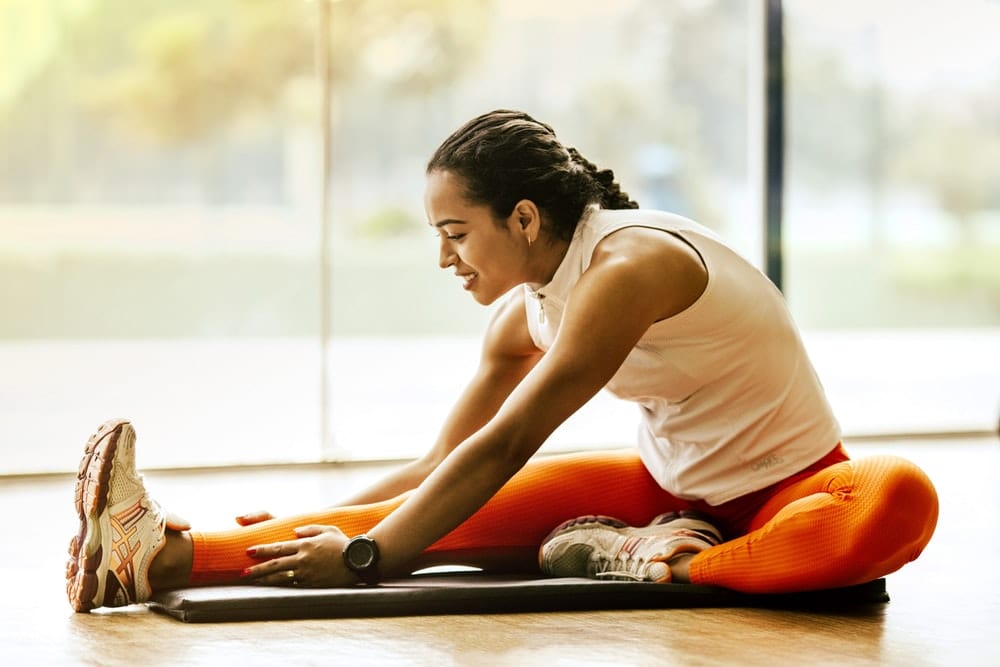
For a bit of variation, Michelle Rodriguez does rehabilitation with professional dancers and actors like Natalie Portman from Black Swan. Her suggested exercises for recovery from overworked feet and toes are beautifully illustrated here.
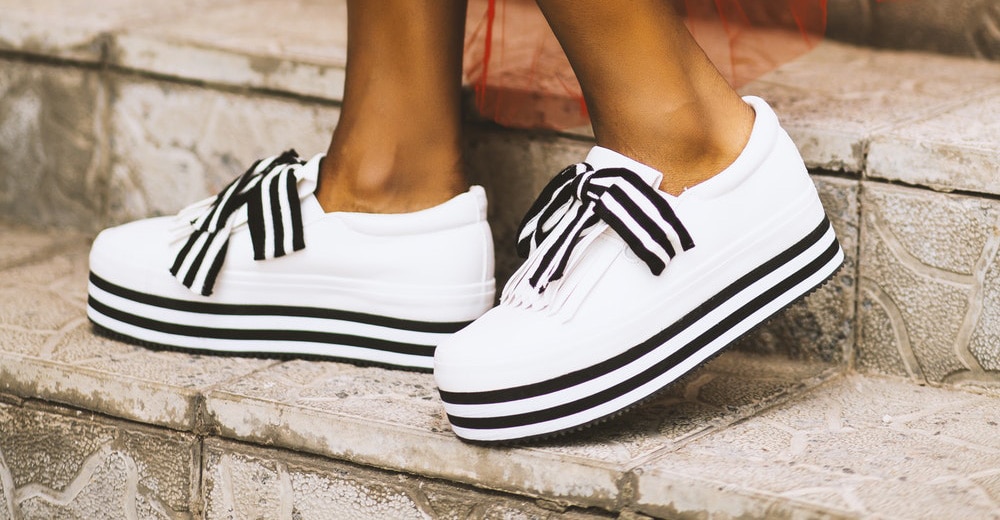
Wear commuter shoes: If you’ve really gotta wear the heels once you hit the office, at least give your feet a break to and from the train. Dr. Sutera recommends shoes with “a thick sole, arch support, and shock absorption,” and then just wait to change into those super high heels until you waltz through the door of your destination.
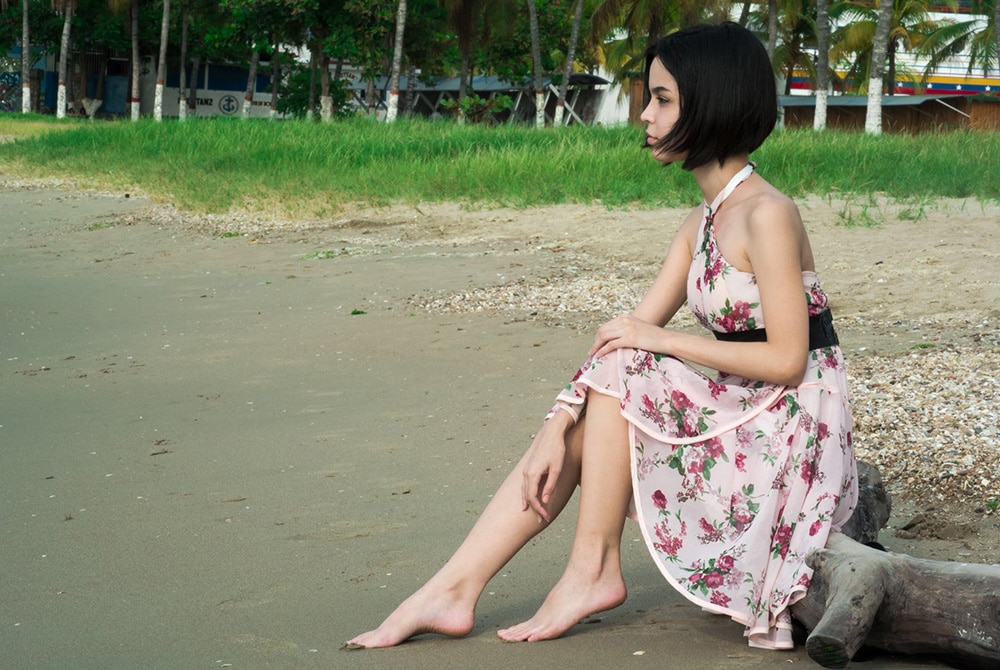
Go barefoot if you can: Or if you’re like me (afraid to step on sharp things), slide on a supportive, cushy pair of Birkenstocks or other comfortable sandals, sneakers, or slippers. You can even add a pair of padded socks for extra cushion if your feet are cold.
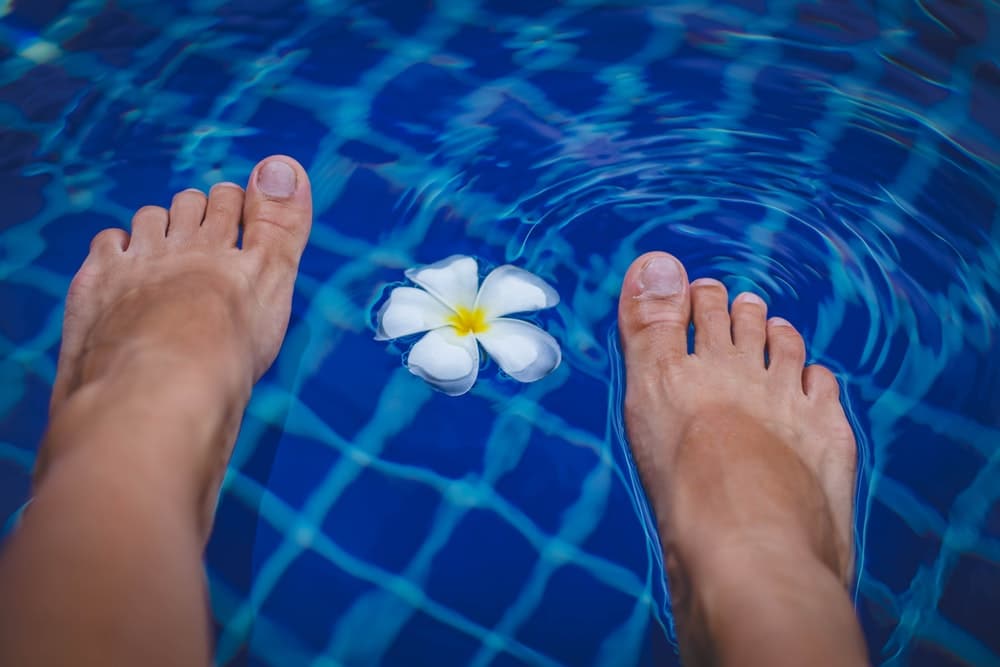
Soak your feet: Fill a bucket with hot water and soak your tootsies as long as you like. If you’ve got a favorite essential oil on hand, put a few drops in for good measure. Elle recommends basil, peppermint, or marjoram. Others like to add some Epsom salts and soften them up, leaving those calloused soles prime for a perfect pumice stone exfoliation session — if there’s time.
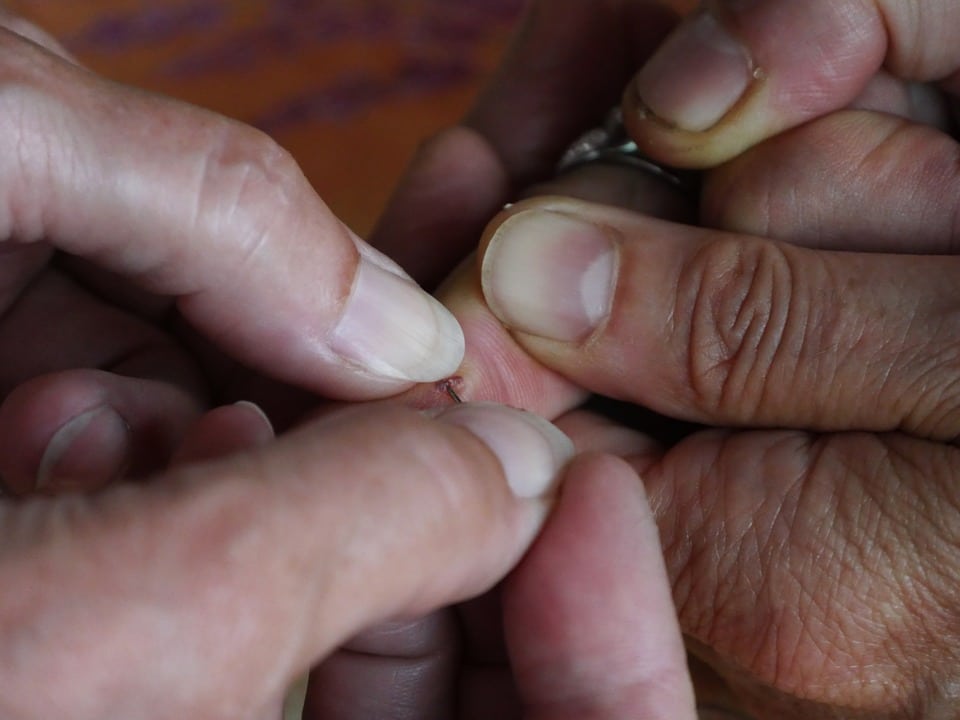
Treat any cuts or blisters: Wash up gently with warm water and soap, then pat dry and apply a thin layer of Neosporin. (If you don’t already keep Neosporin, cotton balls, at least a few band-aids, and some type of alcohol or peroxide on hand at all times, it’s time to start.) If blisters are still intact or full of fluid, leave them alone. Nature has a good reason for why they’re like that. Just cover them with a band-aid and move on.
Try a little arnica: Rumour has it world famous Supermodel Gisele Bündchen uses it to erase blemishes while other models apply it to help heal bruises in a pinch. While it has many uses, this plant-based miracle cure-all works as a pain reliever when taken orally or as an anti-inflammatory if applied directly to the feet as a cream.
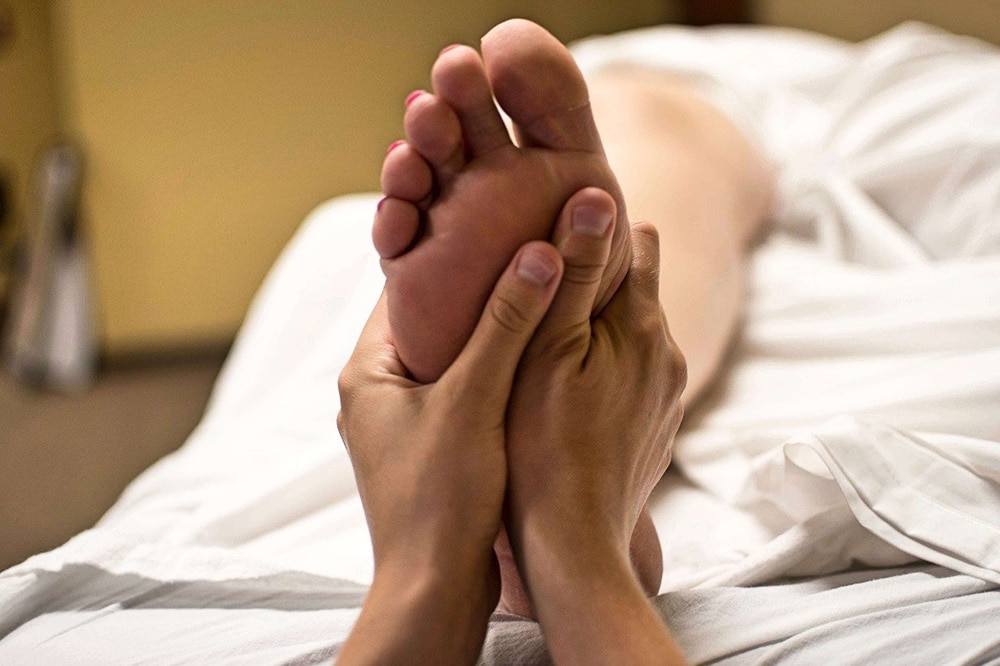
Get a foot massage: Give yourself a nice foot massage or indulge at the spa if you’ve got a few extra bucks. After all, you deserve it! If you like, try rolling your feet over some yoga therapy balls in lieu of a massage. It will help stretch out those calves and you can keep the balls in your purse to use at work or wherever else you find a few spare moments to stretch out.
Kick off your shoes under your desk: Give yourself a few breaks throughout the work day when you can, making sure to stretch out and relax those feet to the utmost. Nobody can see your feet underneath your desk, right?
Pop in some insoles: You’ll be surprised how much cushion you can get with a pair of these — even if they don’t feel that thick to your fingertips. The gel inserts you see at the pharmacy can even suffice, as long as your replace them every week or two.
Podiatrist Megan Leahy from the Illinois Bone & Joint Institute in Chicago explains, “This provides more shock absorption and distributes your weight across the ball of your feet rather than in a toe or two,” Leahy says. She follows up with a good rule of thumb when shopping for shoes: “If they’re too tight to accommodate something like a gel insert then they’re probably too small for your feet anyway.” Good to know.
Get or give yourself a pedicure: Just like the foot massage, these can be done at home, but every now and then you deserve one at the spa! Especially cute in the summertime when you can wear shoes with peekaboo toes showing, nobody says you can’t keep up the habit throughout the winter as well. Keeping everything smooth and well-polished maintains an optimally prepped foot, not likely to be ignored to gather callouses, blisters, and ouchie spots.
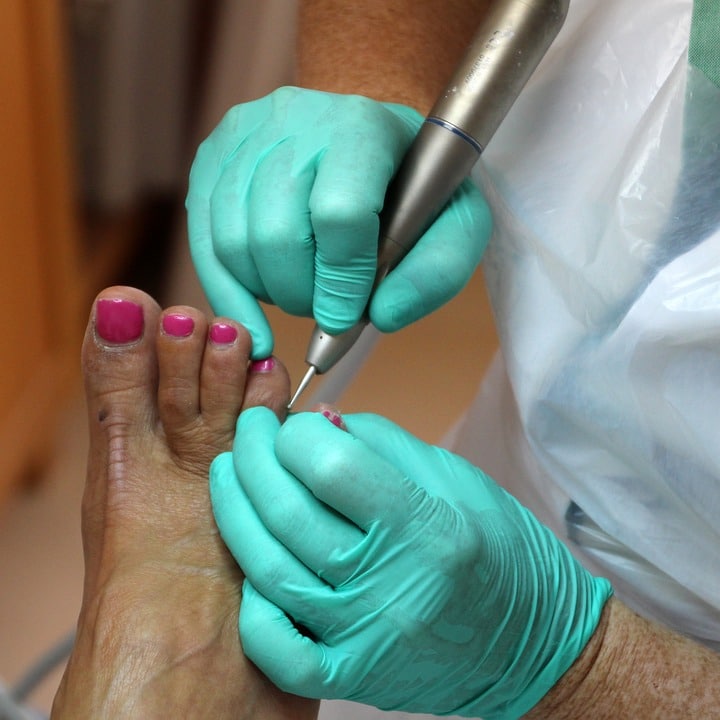
Go for a thick sole when possible: Even a little bit of thickness or extra cushion or rubber material can help, while adding just a touch of a platform look, as it aids in absorbing some of the pressure or shock from walking. You’ll notice a remarkable difference in the pain you experience when you make this change.
Wrapping up
Now you’ve got some ideas for avoiding the pain and injury associated with extended periods of high heel wearing, as well as some of the problems which can arise from overdoing it. We hope to hear good things about how you’ll fare from here, and would enjoy knowing your opinions on what we’ve discussed so far.
Have you tried any of these tricks yourself? Do they work? Do you have a different remedy you like better? Let us know in the comment section below, and don’t forget to subscribe to our newsletter so you don’t miss any articles in the future!
Related Articles:
